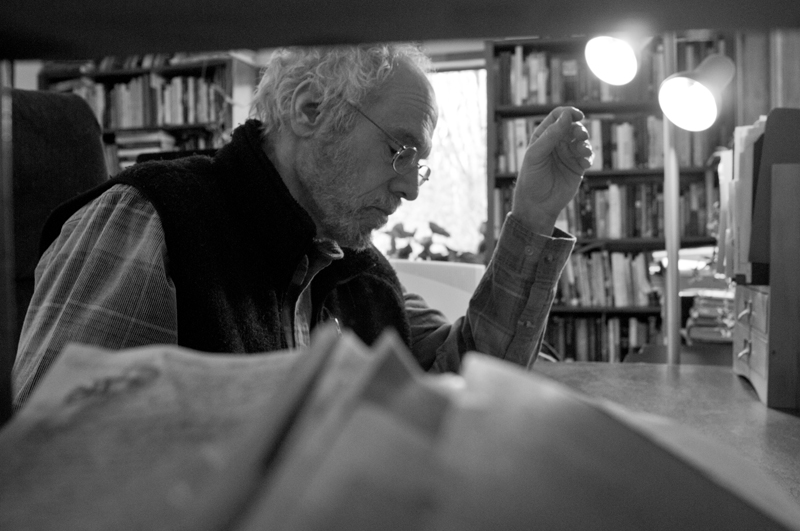What makes a good leader, especially in education? How do you teach people to be leaders? What strategies can educational leaders use to reduce stress and increase learning in the schools they lead? Caryn Wells provides answers to these questions in her new book, Mindfulness: How School Leaders Can Reduce Stress and Thrive on the Job.
I remember very well what life was like when I was teaching. During the school year, it was easy to feel like I was working all day long. I usually was involved in school business from 8:30 am to 8:30 pm, Monday to Friday. And on weekends, it didn’t end. I needed at least eight hours of time to process the old week and prepare for the new one. When I had to write evaluations or I was teaching drama or doing fundraising for a trip, the hours were greatly increased. I remember one year I counted the after school hours I put into a drama performance: 100 hours. Plus, students and parents sometimes called me on the phone in my supposedly “off” times (this was before texting). And at school, everything was condensed and sped up. I remember how it was in the halls when I needed to find a student or co-worker and talk with them. Often, the person I wanted to talk to, felt I needed right then to talk to, was engaged with someone else. Waiting felt impossible. Interruptions were constant. Yet, I loved the moments in the classroom working with students. I loved the creativity needed for a good lesson and the way my whole self was engaged in the job.
Caryn Wells discusses how easy it is to lose our way in the everyday busyness of the contemporary 24/7 world. In fact, our education leaders today have an enormous responsibility. They have to lead in a way that not only creates a rich educational environment but one that prepares students and staff to face the everyday feeling of catastrophe as well as possible disasters. She shows how to turn this situation from a “catastrophe” into a conscious recognition of the enormity of life and the tremendous opportunities it offers us.
Educational leaders cannot just be managers, cannot be concerned solely with getting things done, with high levels of achievement, and numbers. Educators are at the forefront of many of the most crucial issues facing our society today, such as poverty, inequity, social media distractions, drug abuse, emotional suffering and high levels of stress and scrutiny.
What is needed is compassion, a sense of the importance of educating young people, and mindfulness. Caryn Wells is a former teacher, counselor, and principal. She studied Mindfulness Based Stress Reduction with Jon Kabat-Zinn who created a breakthrough program in stress and pain reduction at the University of Massachusetts Medical Center. He defined mindfulness as “moment-to-moment nonjudgmental awareness” which leads to mentally slowing down the ordinary moments of life so you enter a state of inner stillness. In this state, instead of feeling crowded by the spatial limitations of the school or the constant demands on your attention, you feel a sense of spaciousness. Instead of blaming or judging yourself or the students for tough moments, you treat whatever arises as an opportunity to educate yourself. Instead of feeling closed off, isolated behind harsh boundaries, you feel open, empathic, patient, and caring. Working with students or co-workers becomes “being with” them.
Think about leaders who inspire you. Wells points out that, most likely, many of the characteristics of inspirational people include qualities of emotional intelligence. A good leader hears what you say, sees who you are, and cares. They show self-awareness, flexibility, optimism, initiative, and transparency. All of these qualities are developed through mindfulness practice along with an improved memory, and reduced anxiety and depression.
Mindfulness does this by teaching you how to be as present as you can be—how to approach problems, difficult moments, discomfort, instead of turning away. It educates a conscious method of attention and observation as well as compassion for your own limitations. By developing an increased ability to go toward what is difficult or uncomfortable instead of turning away or attacking, you allow yourself to more fully take in a situation or understand a person. Your ability to observe and analyze increases. You create the conditions for in-depth understanding and insight.
Wells gives her readers both a clear intellectual analysis and specific, detailed methods to practice. Any principal, teacher or teacher-leader, superintendent—anyone can benefit from the practices and insights provided by this book. We need a transformation in approach to how we educate leaders and this book provides just that.
As Caryn Wells advises, when you feel your mind “out on patrol” looking for danger, bring it back to a place of calm. “Watch the thoughts that emerge…the emotions and feelings… Just observe and label them… Watch the thoughts without developing accompanying stories about them…” And at the conclusion, one benefit will be a feeling of peace, another the insights that emerge.


